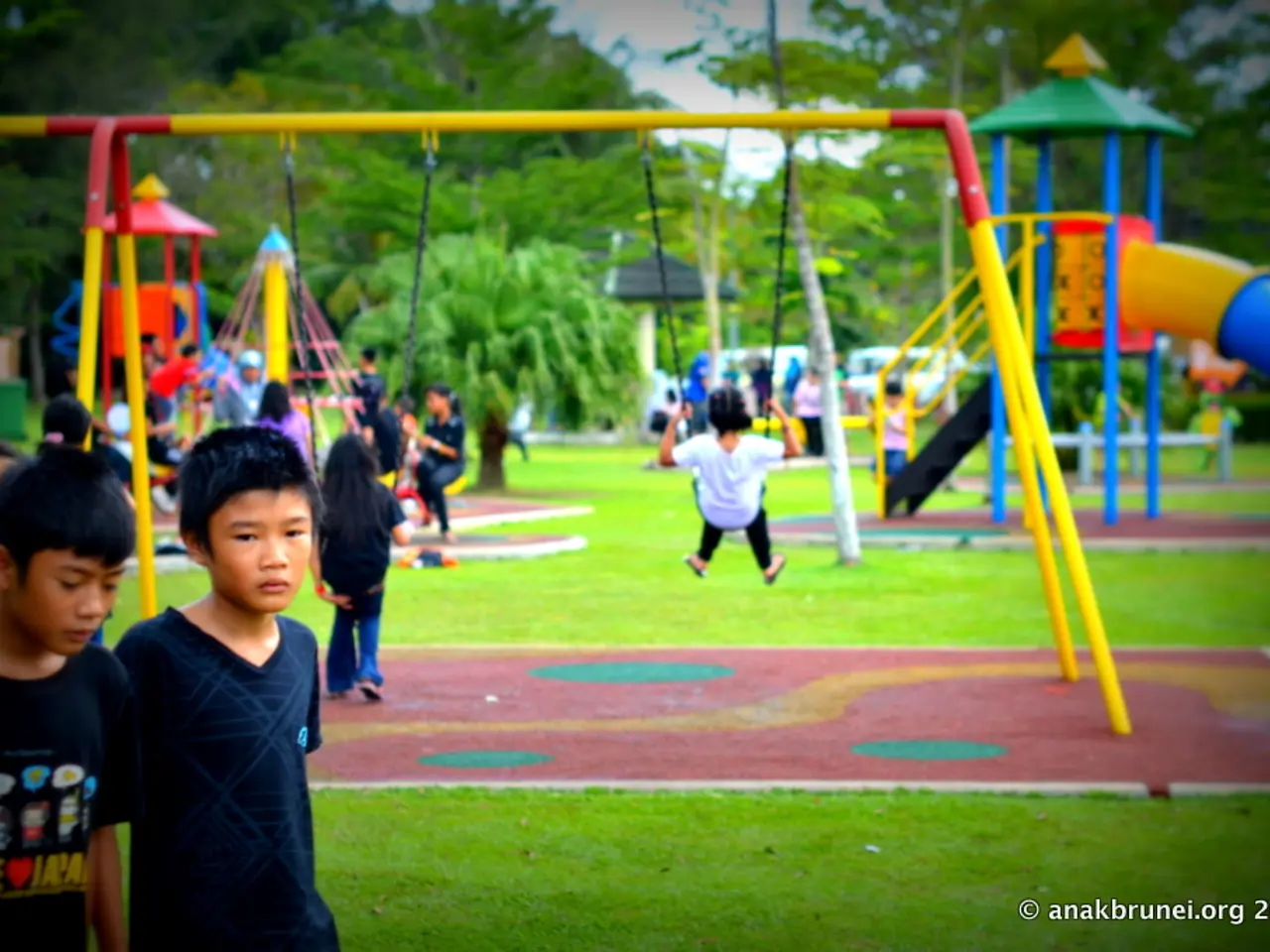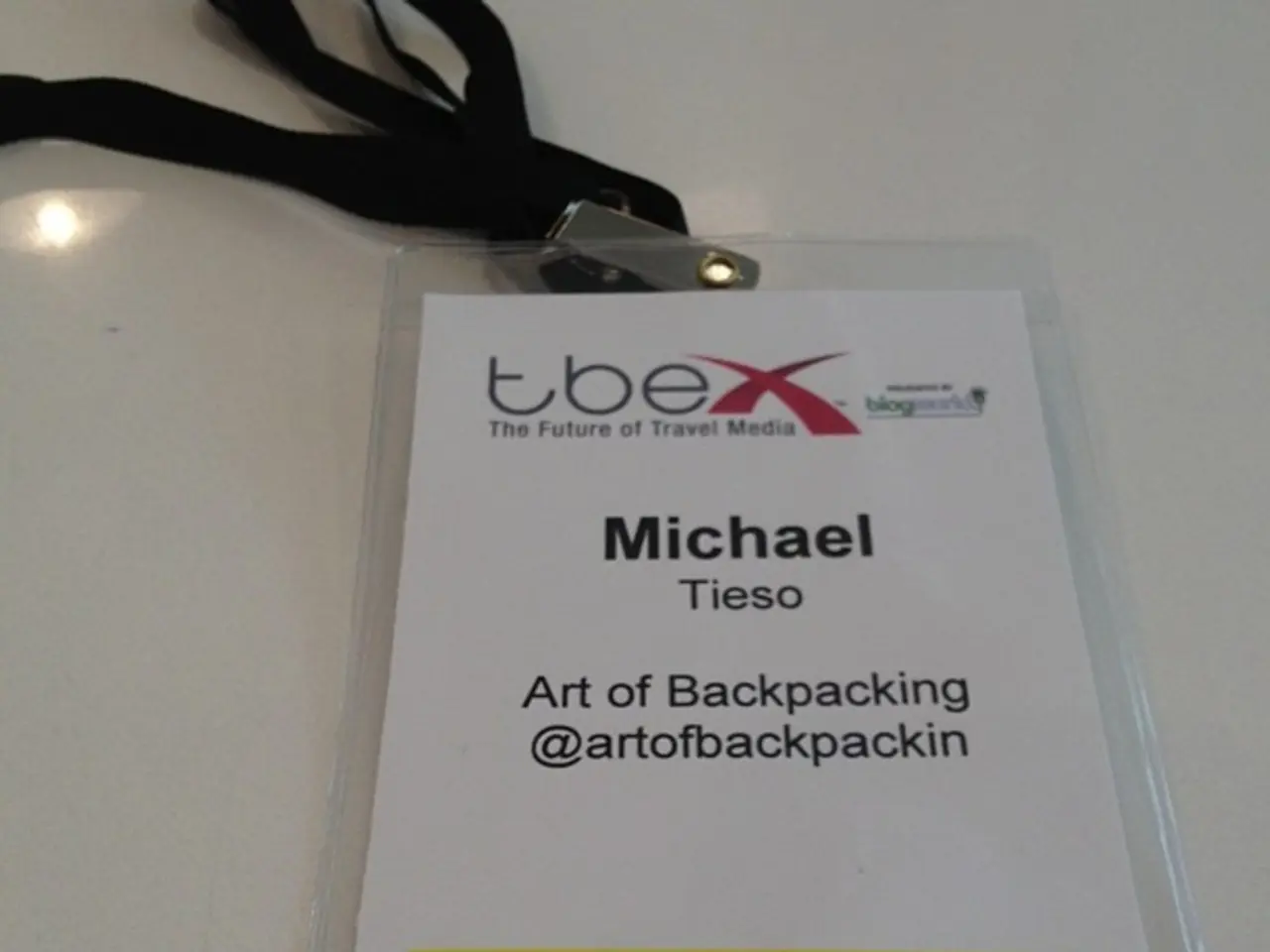Seven Digital Platforms Offering Outdoor Learning Opportunities that Captivate Curiosity
In the modern age, technology is playing an increasingly important role in education, and outdoor learning is no exception. Here are some digital tools and resources that are transforming the way students learn about and engage with nature.
Weather Underground provides accessible weather data and educational resources, including hyperlocal weather station data, historical weather comparisons, and citizen science opportunities. This platform empowers educators to plan outdoor lessons effectively, taking into account past weather patterns and forecasting optimal times.
Climate.gov delivers interactive climate science resources, including climate data visualizations, interactive maps, and educational games. These resources help students understand the impact of climate change on the environment and the importance of conservation efforts.
Yellowstone National Park's online educational resources include live webcams, curriculum packets, and virtual junior ranger programs. These resources offer a glimpse into the park's diverse ecosystems and provide students with a unique learning experience.
One of the most effective digital tools for creating engaging outdoor learning experiences is the Audubon Bird Guide app. This free app helps students identify and learn about over 800 North American bird species using features like size, colour, habitat, and bird calls. It also allows students to record sightings and share photos, promoting wildlife observation skills.
Charity Miles app encourages physical activity outdoors by enabling students to earn money for charities through walking, biking, or running. This app motivates students to be active while contributing to meaningful causes.
Adaptive learning platforms with integrated weather data are digital tools that help educators plan outdoor lessons by analysing past weather, forecasting optimal times, and suggesting indoor alternatives if weather is poor. Additionally, they enable personalised, localised learning content relevant to local environmental conditions such as drought or flood zones.
Buttercup Learning combines physical, online, and augmented reality nature activities targeted at young children (ages 4-8), designed to balance screen time with outdoor exploration, encouraging curiosity and well-being in nature.
Projection technology for outdoor classrooms can create innovative, immersive learning environments to engage students in outdoor lessons and activities.
General strategies to enhance outdoor learning with digital support include using smartphones or tablets during field trips for data collection, nature journaling apps, and digital cameras. Additionally, interactive outdoor games or challenges that incorporate technology can promote collaboration and physical activity.
iNaturalist turns users into citizen scientists, contributing to global biodiversity research. Mountain Project offers up-to-date conditions and seasonal access information for climbing destinations, thanks to community-driven content.
Gaia GPS teaches advanced skills like triangulation and bearing calculation through hands-on practice. This app offers professional-grade navigation tools, including topographic maps, satellite imagery, and offline capabilities, suitable for backcountry adventures. Premium subscriptions unlock specialized maps for hunting, skiing, and marine navigation applications.
AllTrails is a trail discovery and planning resource, offering detailed route information for hiking, biking, and running adventures.
Udemy and Coursera offer wilderness survival courses, teaching essential outdoor skills like fire-making, shelter construction, and water purification.
Mountain Project's photo guides show key route features and anchor locations, providing valuable information for climbers.
American Red Cross offers online courses for wilderness first aid, CPR, and emergency response protocols.
YouTube channels like "Foresty Forest" and "Bear Grylls Survival" provide free bushcraft tutorials on knife skills, primitive tool making, and natural navigation.
Audubon's educational platform provides comprehensive bird identification tools, habitat restoration guides, and seasonal migration tracking activities for K-12 students. Audubon's eBird citizen science platform allows students to contribute real data while developing field research skills and connecting with a global community of bird enthusiasts.
Google Earth VR offers immersive landscape exploration of national parks, including 3D mapping technology and weather data. National Park Service offers virtual tours and ranger programs, providing real-time Q&A opportunities with park experts.
The World Wildlife Fund offers free classroom resources with interactive lesson plans covering endangered species protection and habitat conservation across six continents.
Interactive nature apps like iNaturalist, Merlin Bird ID, and PlantNet offer species identification, bird recognition, and plant discovery.
National Geographic Kids offers hands-on nature activities that encourage outdoor exploration while building scientific observation skills. PlantNet identifies plants from photos and includes a collaborative database of plant observations worldwide.
By leveraging these tools and approaches, technology is connecting students directly with nature, supporting adaptive lesson planning, fostering active participation, and making learning experiences more interactive and personalised.
- Incorporating tools like the Weather Underground, Projection technology for outdoor classrooms, and AllTrails into outdoor learning can provide effective digital support by enabling educators to plan lessons based on weather patterns, create immersive learning environments, and discover various trails.
- Engaging resources such as Audubon's eBird citizen science platform, National Geographic Kids, and iNaturalist foster active participation in nature, as students can contribute real data, build scientific observation skills, and connect with a global community of enthusiasts, thereby enhancing their understanding of lifestyle, technology, education-and-self-development, and the environment.




